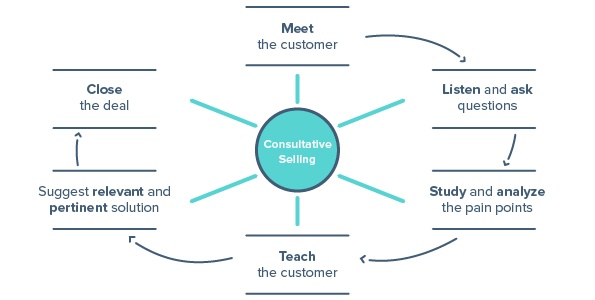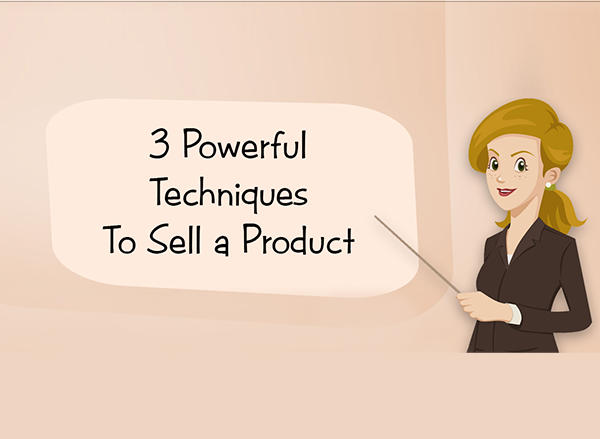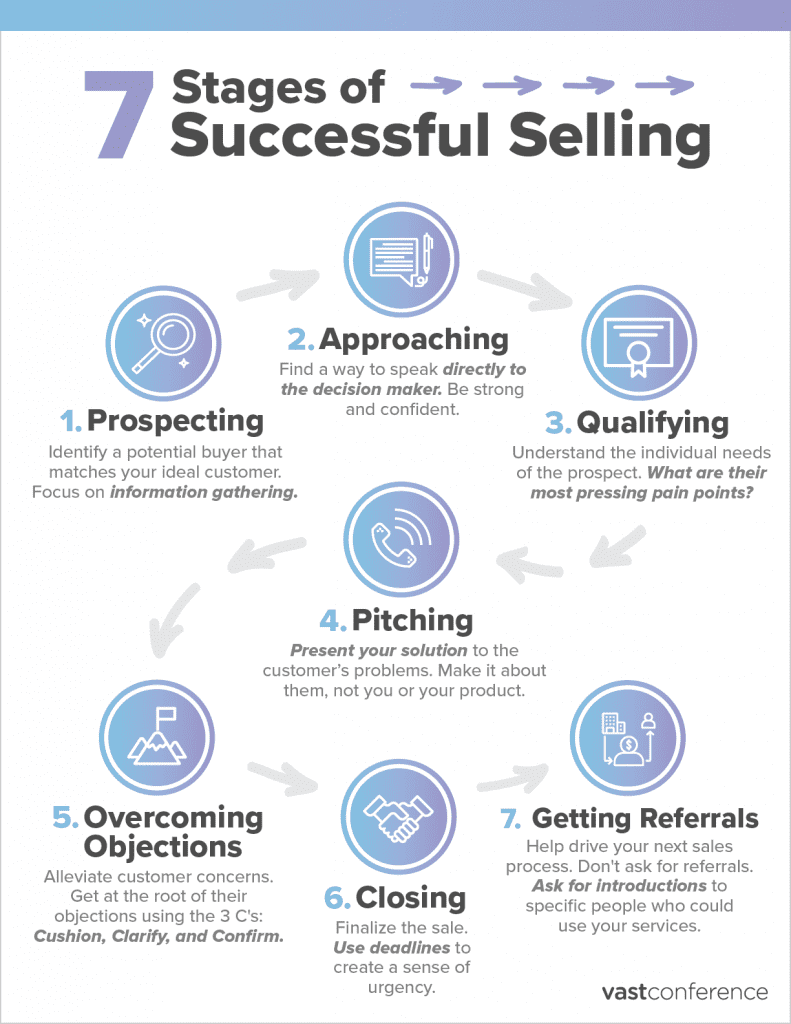Unlocking the Power of "Why": A Guide to Selling Your Product or Service

Imagine a beautiful, modern home. It’s not just a house, it’s a sanctuary, a space where dreams are nurtured and memories are made. Every detail, from the sleek lines of the kitchen to the calming tones of the bedroom, is carefully chosen to enhance the experience of living.
That’s the essence of great product marketing. It’s about more than just listing features; it’s about weaving a story, creating an emotional connection, and demonstrating how your product or service can transform lives.
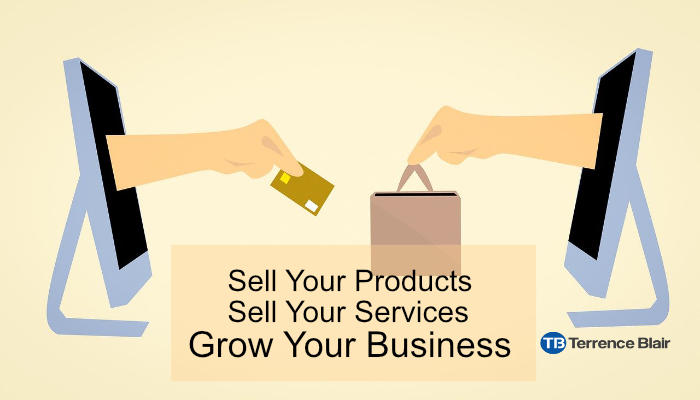
As an interior design expert and architect, I understand the power of design to create a sense of well-being. Just like a well-designed home, a compelling product story needs to be thoughtfully crafted to resonate with your target audience.
The Foundation: Defining Your Ideal Customer
Before we dive into features and benefits, let’s start with the most crucial element: understanding your ideal customer. Who are they? What are their needs, desires, and pain points?

Here’s a framework to help you define your ideal customer:
- Demographics: Age, gender, location, income level, education, occupation, family status.
- Psychographics: Values, interests, hobbies, lifestyle, personality traits, aspirations.
- Needs and Pain Points: What challenges do they face? What are their unmet needs? What problems are they trying to solve?
- Goals and Aspirations: What are their hopes and dreams? What do they want to achieve?

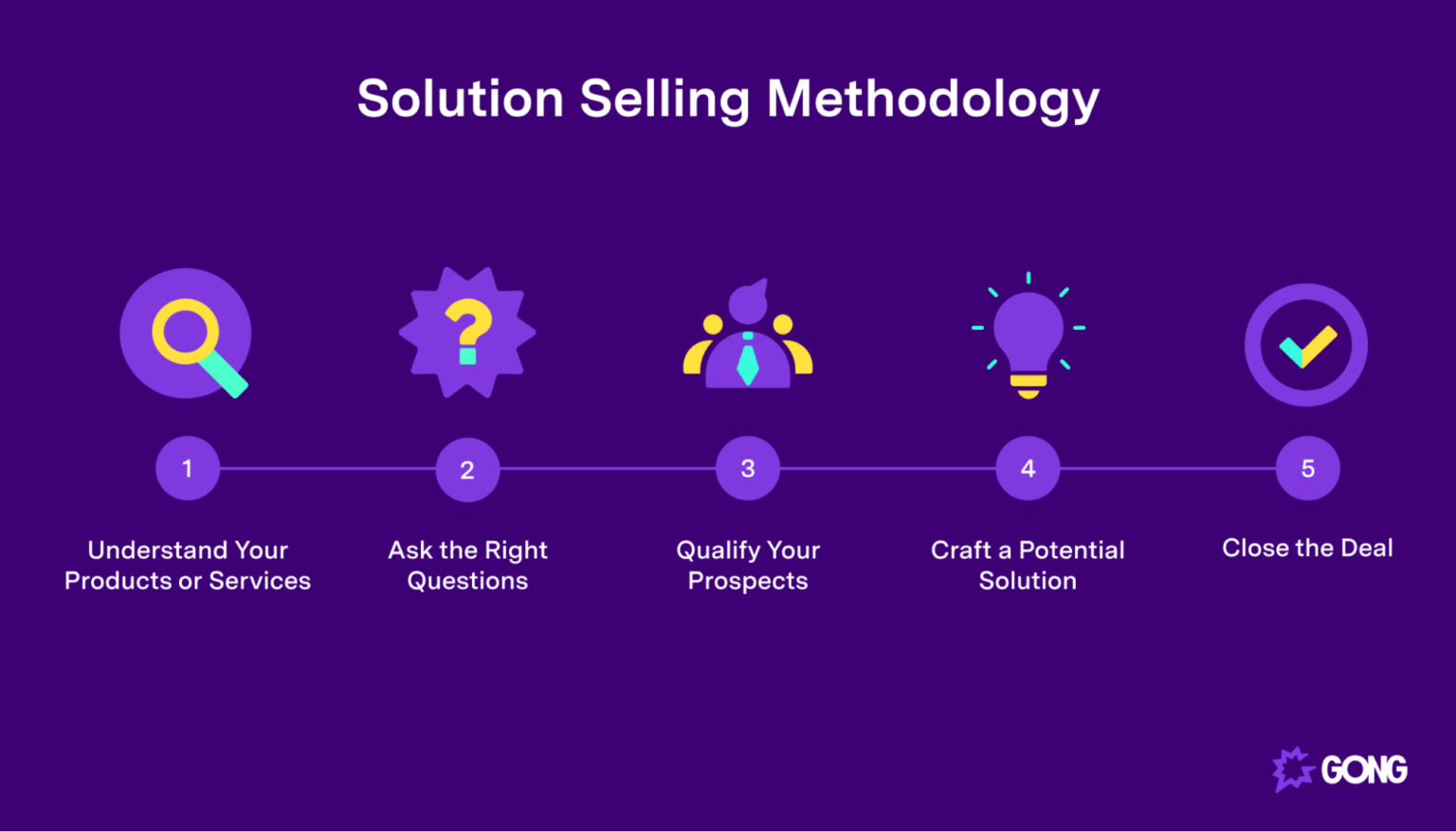

Example: Imagine you’re selling a smart home security system. Your ideal customer might be a busy professional couple with young children living in a suburban neighborhood. They value safety and security, are tech-savvy, and want a system that’s easy to use and integrates with their existing smart home devices.
Building the Blueprint: Identifying Key Features and Benefits
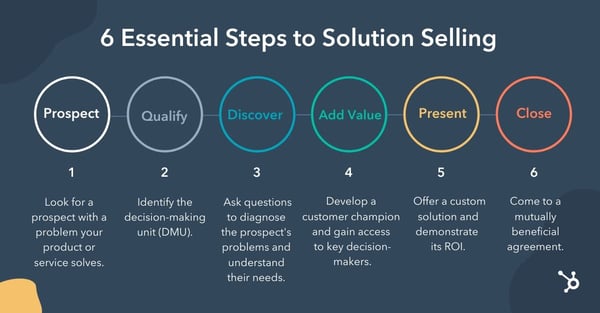
Once you’ve defined your ideal customer, you can start identifying the features and benefits that will resonate most with them.

Features: These are the tangible aspects of your product or service. Think of them as the building blocks of your offering.
Benefits: These are the intangible outcomes that your customer will experience as a result of using your product or service. They answer the question, "What’s in it for me?"

Here’s a simple framework for mapping features to benefits:
| Feature | Benefit |
|---|---|
| High-resolution camera | Enhanced security and peace of mind |
| Motion detection | Proactive alerts for potential threats |
| Remote access | Control your home from anywhere |
| Easy installation | Minimal hassle and time commitment |
The Power of Storytelling: Connecting Features and Benefits
The real magic happens when you weave features and benefits into a compelling narrative. This is where you connect with your customer on an emotional level and show them how your product or service can solve their problems and improve their lives.
Here are some storytelling techniques to consider:
- Problem-Solution: Highlight a common problem your target audience faces and then showcase how your product or service provides a solution.
- Before-After: Paint a vivid picture of the customer’s life before using your product and then contrast it with the positive outcomes they’ll experience afterward.
- Testimonial: Use real-life stories from satisfied customers to demonstrate the value of your product or service.
- Case Study: Present a detailed analysis of how your product or service helped a specific customer achieve their goals.
Example: Instead of simply stating that your smart home security system has a high-resolution camera, you could tell a story about a family who felt vulnerable after a break-in. Your system, with its crystal-clear footage, helped them identify the perpetrator and regain a sense of security.
The Art of Persuasion: Crafting Your Message
Now that you have a strong understanding of your ideal customer and a compelling story to tell, it’s time to craft your message.
Here are some key principles to keep in mind:
- Keep it simple and clear: Avoid technical jargon and focus on using language that your target audience will understand.
- Focus on the benefits: Don’t just list features; emphasize how those features translate into tangible benefits for your customer.
- Use strong visuals: Images, videos, and infographics can help to bring your message to life and make it more engaging.
- Create a call to action: Tell your customers what you want them to do next, whether it’s visiting your website, signing up for a free trial, or making a purchase.
The Importance of Testing and Refining
Remember, marketing is an iterative process. Don’t be afraid to experiment and refine your message based on feedback from your target audience.
Here are some ways to test your message:
- A/B testing: Create two different versions of your marketing materials and track which one performs better.
- Customer surveys: Ask your customers for feedback on your message and identify areas for improvement.
- Social media analytics: Track the engagement and reach of your marketing content on social media.
Examples of Powerful Messaging
Here are some examples of how different companies have effectively communicated the features and benefits of their products and services:
- Airbnb: "Belong anywhere." This tagline captures the essence of Airbnb’s mission and appeals to travelers seeking authentic experiences.
- Apple: "Think different." This iconic slogan emphasizes Apple’s commitment to innovation and creativity.
- Nike: "Just do it." This simple yet powerful message inspires people to overcome their limitations and achieve their goals.
Conclusion: Unlocking the Power of "Why"
Selling a product or service is about more than just listing features. It’s about connecting with your customers on an emotional level and showing them how your offering can transform their lives.
By understanding your ideal customer, crafting a compelling story, and using persuasive language, you can unlock the power of "why" and build a strong foundation for your marketing efforts.
Remember, great marketing is like great design – it’s about creating a seamless and satisfying experience for your customers.
